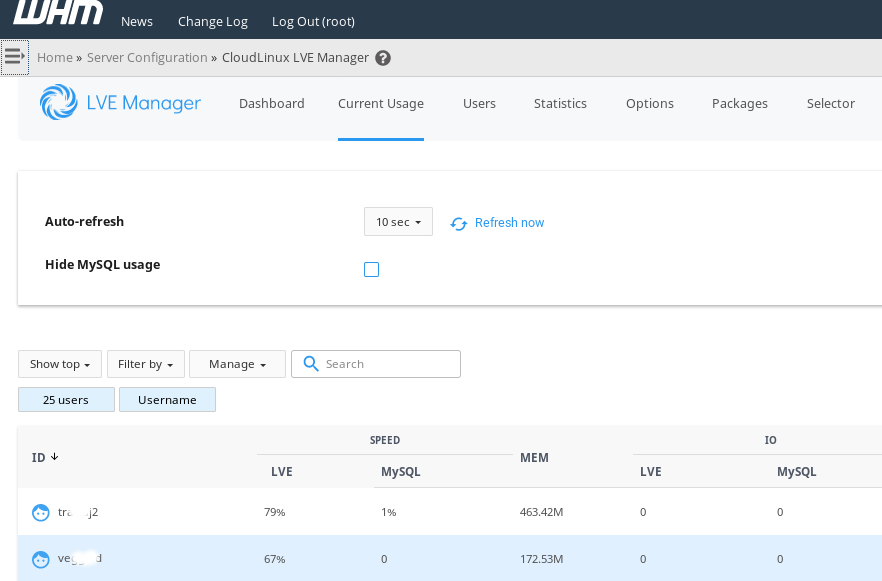Shared hosting comes with the advantage of including multiple users on the same server. Again, it reduces the per user hosting cost too.
But, shared hosting often gets a bad rapport due to one user abusing the server resources. This can eventually cause service failures affecting all users. That’s where the cPanel resource monitor helps.
At Bobcares, we periodically get requests from shared server owners to setup resource monitoring as part of our Server Management Services.
Today, we’ll see the various ways to setup cPanel resource monitor and how Bobcares Engineers implement it.
The need for cPanel resource monitor
Before going into the details, let’s check on why we need a resource monitor on the cPanel server.
Many customers begin hosing business with shared hosting servers. These servers give them option to sell the server resources to multiple users. The server owner can add in more server resources as and when his business expands. Thus, it would be economical to users as well as the server owner. And, control panels like cPanel helps in easy management of user accounts.
Unfortunately, in real shared servers there comes the need of proper resource monitoring. From our experience in managing servers, our Dedicated Engineers see resource monitoring typically helpful in these scenarios.
i) Ensure server stability
The primary advantage of resource monitoring is increasing server stability. It helps to ensure that the resources on the server are properly distributed among the users. It tracks the disk space usage, memory usage and ensures proper distribution of processing power too.
i) Track suspicious process
Again, resource monitoring is an effective way to identify suspicious process too. Usually, the malicious process consumes too much memory or processing power of the server. Thus, it slows down all other process on the server. And, if we can determine the user that runs the process, it really helps in bringing the server back to normalcy.
[Do you know that resource monitoring can avoid server downtime? We can monitor your servers round the clock.]
Different methods of resource monitoring
Till now, we saw the need for having cPanel resource monitoring tools. Now, let’s take a looks at the different ways that our Dedicated Engineers implement for customers.
1. WHM server status
By default, cPanel servers come with the option to see the resource usage at any point of time. All these details can be viewed from the Server Status page in WHM. To view the status of each service on the server, we need to click on the Service Status section as shown below.

This will show up the complete list of services including Apache usage and MySQL usage. Additionally, it provides a detailed listing of CPU usage and disk space usage.
2. CloudLinux LVE Manager
For advanced tracking of resource usage, the basic details provided by WHM may not be enough. Some server owners may require report for each individual account. In such cases, we’ve seen CloudLinux as one of the useful option.
Luckily, CloudLinux LVE manager shows up the resource usage on per account basis. Similarly, it comes with the option to limit some of users resources. Thus, the server owner can decide on the maximum resources that a user can consume. Additionally, there are options to alert users if they periodically go beyond their usage limit. It helps server owners to migrate users to higher plans based on resource usage too.
A typical resource usage status of a cPanel server looks as below.

It clearly shows the memory usage of each user.
But, CloudLinux requires a license for proper working. Therefore, our Dedicated Engineers often recommend CloudLinux to customers who need proper tracking of resource usage.
3. Plugins
Yet another way for cPanel resource usage monitoring is using third party plugins like Resource Monitor. It allows easy integration with WHM and filters high resource cPanel users based on usage of CPU, memory, MySQL and disk usage. The installation of these plugins are pretty straight forward too.
Again, the choice of the right tool depends largely on the requirement of customers, type of servers, etc. too.
Conclusion
Cpanel resource monitor is one of the effective ways to run a stable server. Today, we saw the various ways that our Support Engineers use to enable resource monitoring on shared servers.

0 Comments